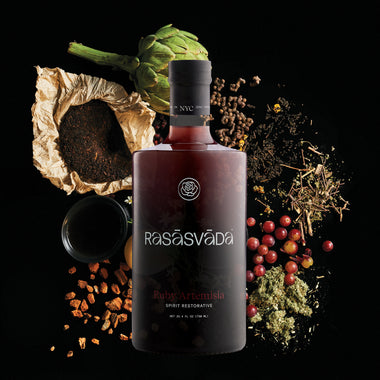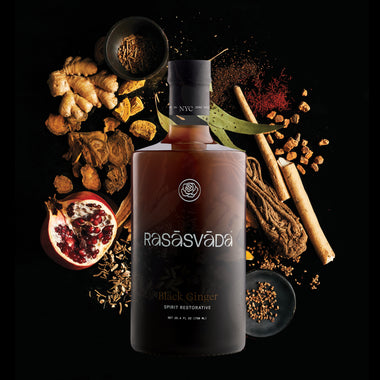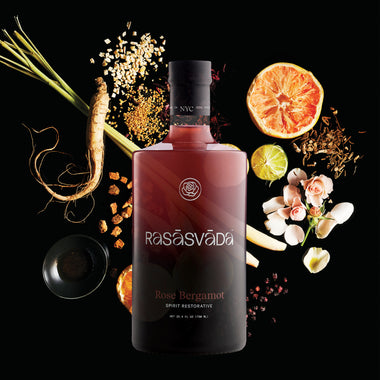Used across continents and healing traditions, burdock root (Arctium lappa) has earned its place as a staple in Traditional Chinese Medicine (TCM) and herbalism. With its long, slender taproot and earthy flavor, this unassuming plant packs powerful wellness benefits—from detoxification support to hormonal balance.
Botanical Overview
Botanical name: Arctium lappa (greater burdock), Arctium minus (lesser burdock)
Family: Asteraceae (the daisy and sunflower family)
Common name: Burdock, Greater Burdock, Lesser Burdock, Gobo (in Japanese), Niúbàng (Chinese)
Location: Native to Europe and Northern Asia, but now widely naturalized in North America, Europe, and parts of Asia. It typically grows in temperate regions, along roadsides, fields, and disturbed soils.
What Is Burdock Root?
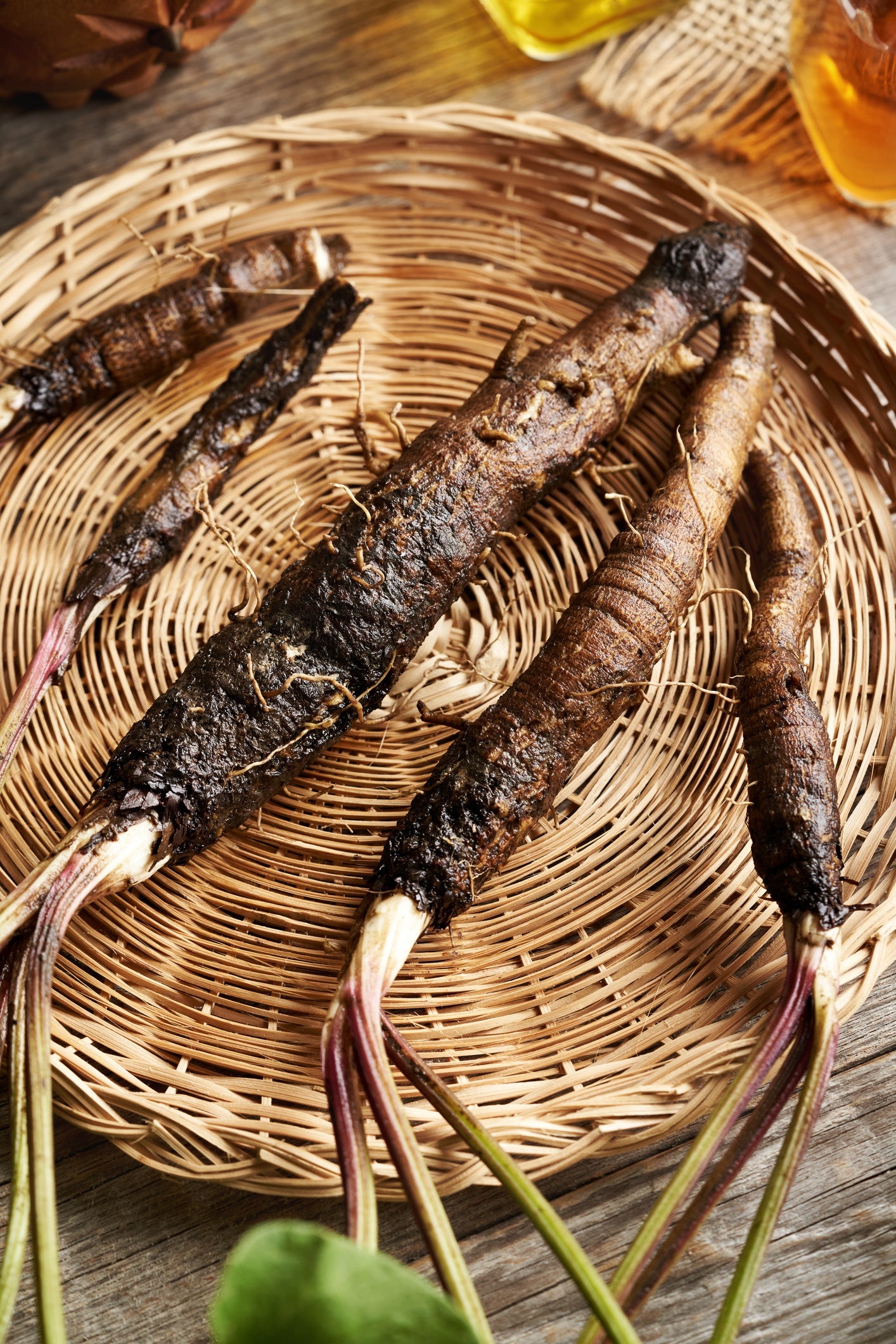
Burdock root comes from the Arctium genus, a group of biennial plants native to Europe and Asia, but now found across North America as well. It’s easily recognized by its large, fuzzy leaves and sticky burrs. Beneath the greens, the root looks like a brown, woody carrot.
Burdock is both food and medicine in many cultures. This vegetable is slender, crunchy, and sweet-tasting, and can grow to over two feet in length. As a meal ingredient, it can be pickled and served with rice, or added to Japanese stir fries and stews.
Burdock has deep roots in global traditions, including TCM, Ayurveda, Western Herbalism, and Indigenous North American Medicine, all recommending its healing properties for the respiratory and circulatory systems.
Fun Fact: The Velcro Connection
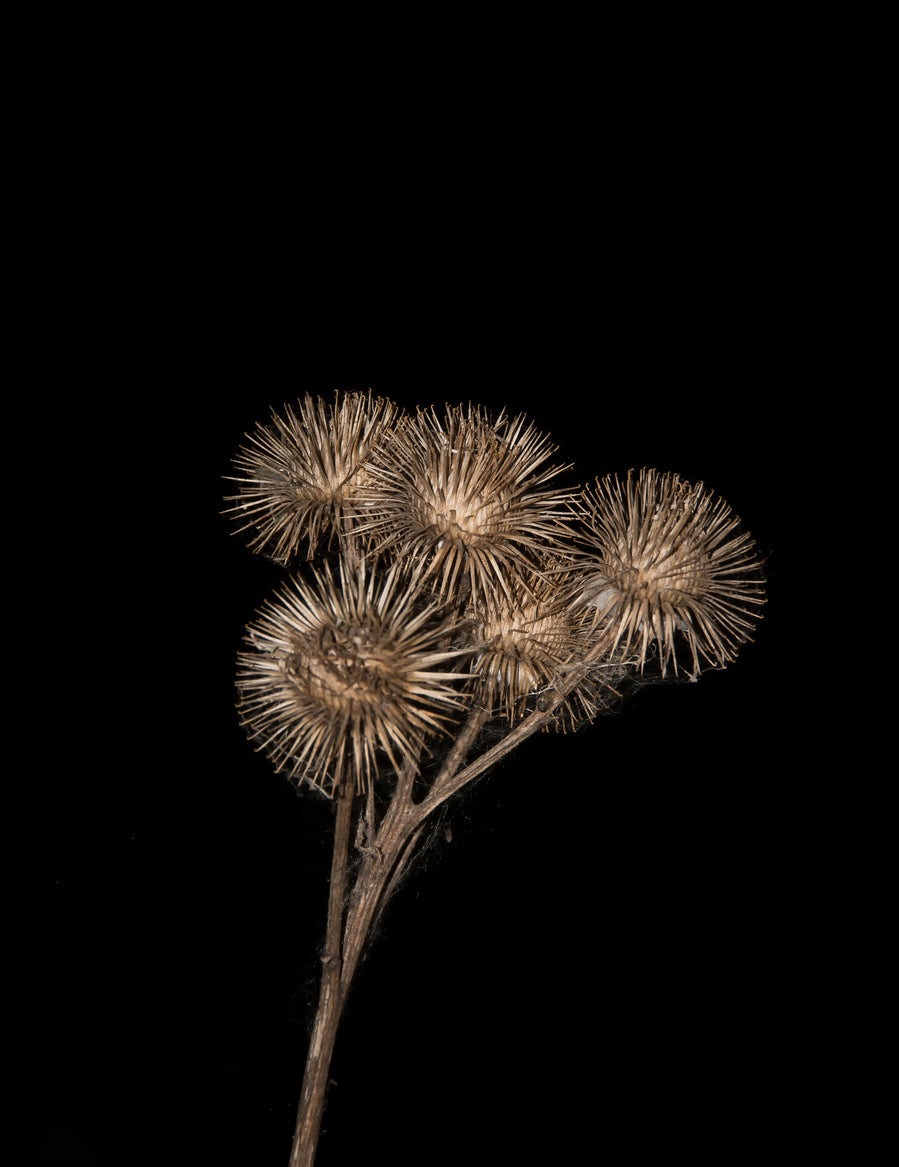
Burdock plants inspired hook-and-loop fasteners due to the way the burrs’ seed heads cling to fur and clothing. Swiss engineer George de Mestral discovered their stickiness after being covered in the burrs after hiking. He worked to mimic its natural hooks for easy fastening, eventually patenting the product as Velcro.
The Health Benefits of Burdock Root
In Traditional Chinese Medicine (TCM)
Burdock root has appeared in TCM texts for hundreds of years, recommended for its ability to clear heat, dispel wind, and relieve toxicity. This means, in TCM, that it’s used as a blood purifier and digestive aid, and is revered in TCM for its powerful antioxidant properties.
- Respiratory support: It is known to help support the lungs and throat, such as in early-stage colds or flu.
- Detoxification and digestion: It’s believed to "clear heat and resolve toxicity" especially from the liver, through elimination and detoxification pathways, including the digestive system.
Skin and hair: Burdock’s ability to “clear heat” translates to its traditional and studied use for acne, eczema, and psoriasis. It’s also been used to help reduce hair loss and strengthen hair follicles, possibly due to improved circulation and its anti-inflammatory action.
In Western Medicine
North American medical research has just begun to uncover how burdock root bioactive compounds contribute to a wide array of health benefits.
Burdock root is rich in lignans, inulins, and polyphenols, antioxidant components that help neutralize free radicals and reduce systemic inflammation:
Lignans
Plant compounds with antioxidant and anti-inflammatory effects. Preliminary research is investigating burdock root’s lignans as anti-aging factors. Lignans may also help modulate hormones naturally, offering support for women experiencing PMS, perimenopause, or menopause symptoms.
Polyphenols
Burdock root has “a substantial content of polyphenolic antioxidants and exhibits robust antioxidant attributes.” Polyphenols are plant-derived antioxidants that may help protect the body against inflammation, free radicals, oxidative stress, and various chronic diseases.
Inulin
A fiber that supports gut health and blood sugar regulation, inulin in burdock root acts as a prebiotic, feeding beneficial gut bacteria, supporting digestion, and helping to regulate blood sugar levels. Inulin also has connections to a healthy immune system.
Liver support
Burdock root has shown hepatoprotective (liver) effects in animal studies by reducing liver damage from toxins like acetaminophen, cadmium, and lead, lowering oxidative stress, and increasing antioxidant activity. Coupled with inulin, the root helps to eliminate toxins through the lymphatic and urinary systems.
Other anti-inflammatory effects
From skin and hair health to osteoarthritis, burdock root can help reduce inflammation while increasing antioxidant protection in the body. There are new studies coming out that address burdock root’s effect on cholesterol and triglyceride levels, as well as platelet activity.
Burdock Root in Rasāsvāda
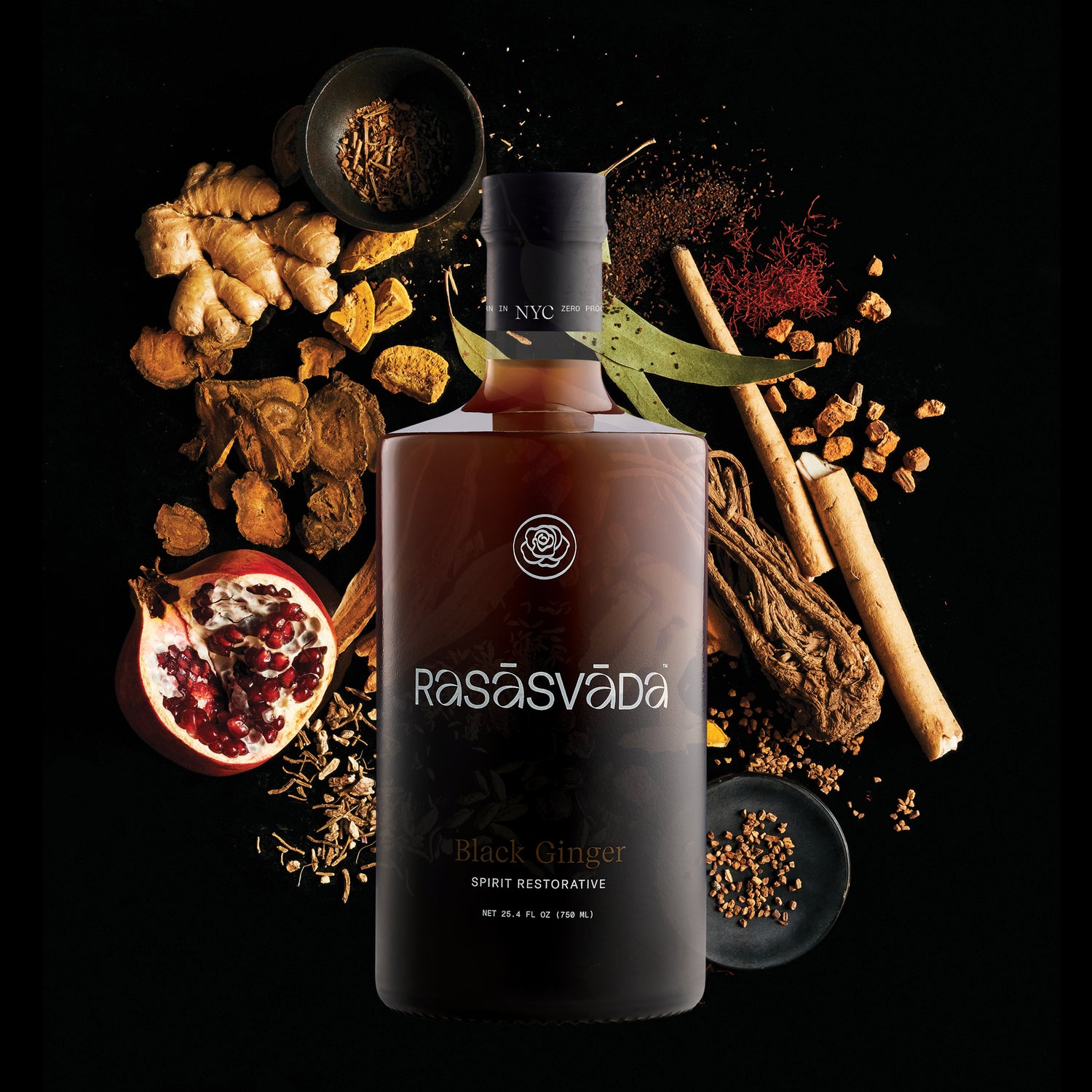
Featured in our antioxidant blend Black Ginger, burdock root has been included to support liver detox, improve immunity, and increase vital energy.
Flavor profile: Earthy, slightly bitter, with a subtle sweetness.
How to use: Whether you're mixing it with sparkling water, adding to your pre-workout routine, or enjoying as a detoxifying nightcap, burdock root is easy to integrate into modern life. It grounds your system, supports gentle cleansing, and pairs beautifully with other health-supporting plants like black ginger, dandelion root, and reishi mushroom.
Sourced from: South Korea
Key Takeaway
Burdock root is a humble yet powerful herb with a long history of traditional use—and growing scientific support. From inflammation and digestion support to hormonal and skin health, it offers wide-ranging benefits and proof of “food as medicine.” With its deep earthy roots and detoxifying strength, it’s no wonder burdock continues to be a favorite among herbalists and wellness enthusiasts alike.
FAQs
Disclaimer
While burdock root is generally safe for most people, it’s not for everyone. If you’re pregnant or breastfeeding, consult your healthcare provider. Those with ragweed allergies may be allergic to the burdock plant and root.
Note: Because of its possible effects on glucose and circulation, those on blood thinners, diuretics, and diabetes medications should speak to a doctor before implementing burdock into your daily routine.
Sources
100% plants. 0% preservatives.


